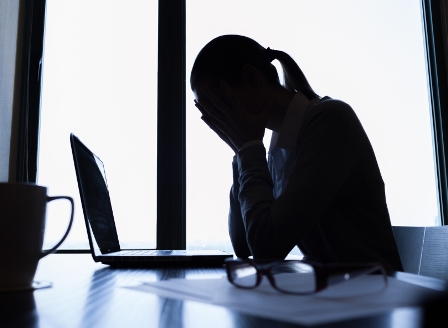
“Principal wellbeing is […] a major concern,” says Paul Geyer, CEO of the Principals Australia Institute. “The workload and pressures of school leadership roles can mean that some individuals don’t prioritise their own wellbeing – but as difficult as it can be for busy people to make time for themselves, it’s vital to do so.”
Geyer – who has also been a director with the Merri Community Health and Crisis Support Services – says principals are often so concerned with the running of their school and the wellness of their staff, that they overlook their own psychological health.
“Sometimes it takes a personal crisis for a principal before they recognise they have a serious wellbeing issue,” Geyer tells the Educator.
“It’s a tough job,” he continues. “The breadth and magnitude of responsibilities can weigh heavily on a school leader, from student wellbeing and discipline to staffing issues and teaching evaluation, plus being in charge of budgeting and resource allocation, legal responsibilities, change management, family engagement and public relations.
“It’s an immense workload for an individual, and many principals are reporting that they feel stretched to the limit.”
Geyer also pointed to a recent study by the Australian Catholic University which found that principals experience high levels of job demands (1.5 times the general population) and emotional demands (1.7 times higher).
The same study also found that principals have high levels of burnout (1.6 times the general population), stress symptoms (1.7 times higher), depressive symptoms (1.3 times higher) and difficulty sleeping (2.2 times higher).
The two greatest sources of stress for principals were identified as the sheer quantity of work as well as a lack of time to focus on teaching and learning.
“As well as the impacts on the individual school leaders, these issues can have flow-on effects on teachers, school staff, student outcomes, and the overall morale of a school,” says Geyer.
“There is also the financial cost of poor mental health and wellbeing, including WorkCover claims, and recruiting and training new staff if individuals leave a school,” he continues.
“As the safety demonstration on aircraft goes: fit your own oxygen mask before assisting others. The same must become true for school leaders and teachers.”


